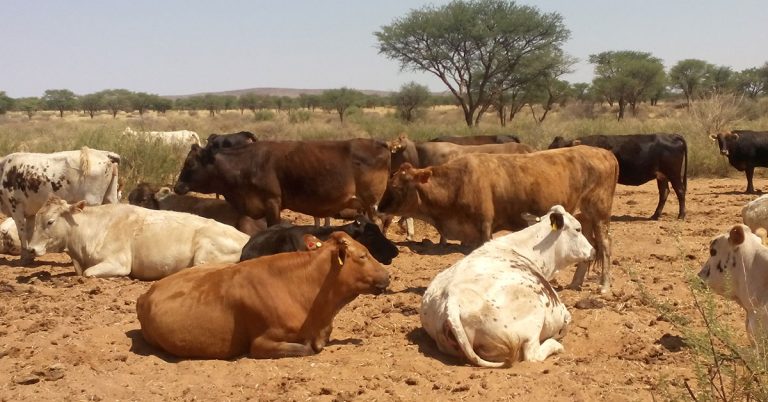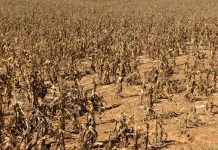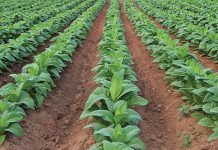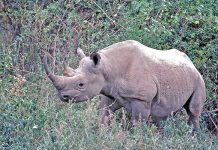
Photo: Annelie Coleman
A recent application submitted to the High Court to have the veterinary cordon fence (VCF) in Namibia declared unconstitutional is misguided, according to Thinus Pretorius, chairperson of the Namibian Livestock Producers’ Organisation.
He was responding to the announcement that Job Amupanda, mayor of Windhoek, had submitted an urgent application to the Namibian High Court requesting that the VCF be declared illegal and unconstitutional.
Amupanda’s application was made in response to government officials reportedly seizing meat worth thousands of rand in the communal areas north of the fence at the Oshivelo veterinary checkpoint in the Oshikoto region.
Pretorius explained that the VCF, commonly known as the ‘Red Line’, acted as the first line of defence against the spread of disease.
It was erected in 1896 following the outbreak of rinderpest, an infectious viral disease affecting cattle, to act as a surveillance and exclusion fence separating the communal areas bordering Angola from the commercial farming areas south of the fence.
Foot-and-mouth disease (FMD) was endemic to the northern communal areas, with the most recent cases reported in 2020.
The fence was moved to its current position in the 1960s and, according to Pretorius, no outbreaks of FMD had been recorded in the commercial farming areas south of the fence since then.
He strongly condemned Amupanda’s court submission citing, among other reasons, the fact that the red meat industry in the country currently contributed R6 billion per annum to the country’s total agricultural income stream of R8 billion.
Only between 25% and 30% of the average of 500 000 beef carcasses traded yearly were consumed in Namibia, with the rest being exported.
The fence thus enabled Namibia to maintain its animal health status for exporting as prescribed by the EU.
“The moment the VCF is removed we stand to lose our FMD-free status immediately, and that would mean the end of the red meat value chain as we know it today. It literally is a matter of economic life and death, which would mean severe hardship for the entire red meat value chain,” Pretorius said.
Koos van der Ryst, chairperson of the South African Red Meat Producers’ Organisation, said that the possible removal of the fence posed a serious threat to the South African red meat industry as well.
“The matter is extremely worrying. Should the fence be removed, the entire Namibia could become a FMD endemic [zone]. Keeping in mind that South Africa shares an expansive border with that country it will be catastrophic should the disease spill over to us,” he told Farmer’s Weekly.













